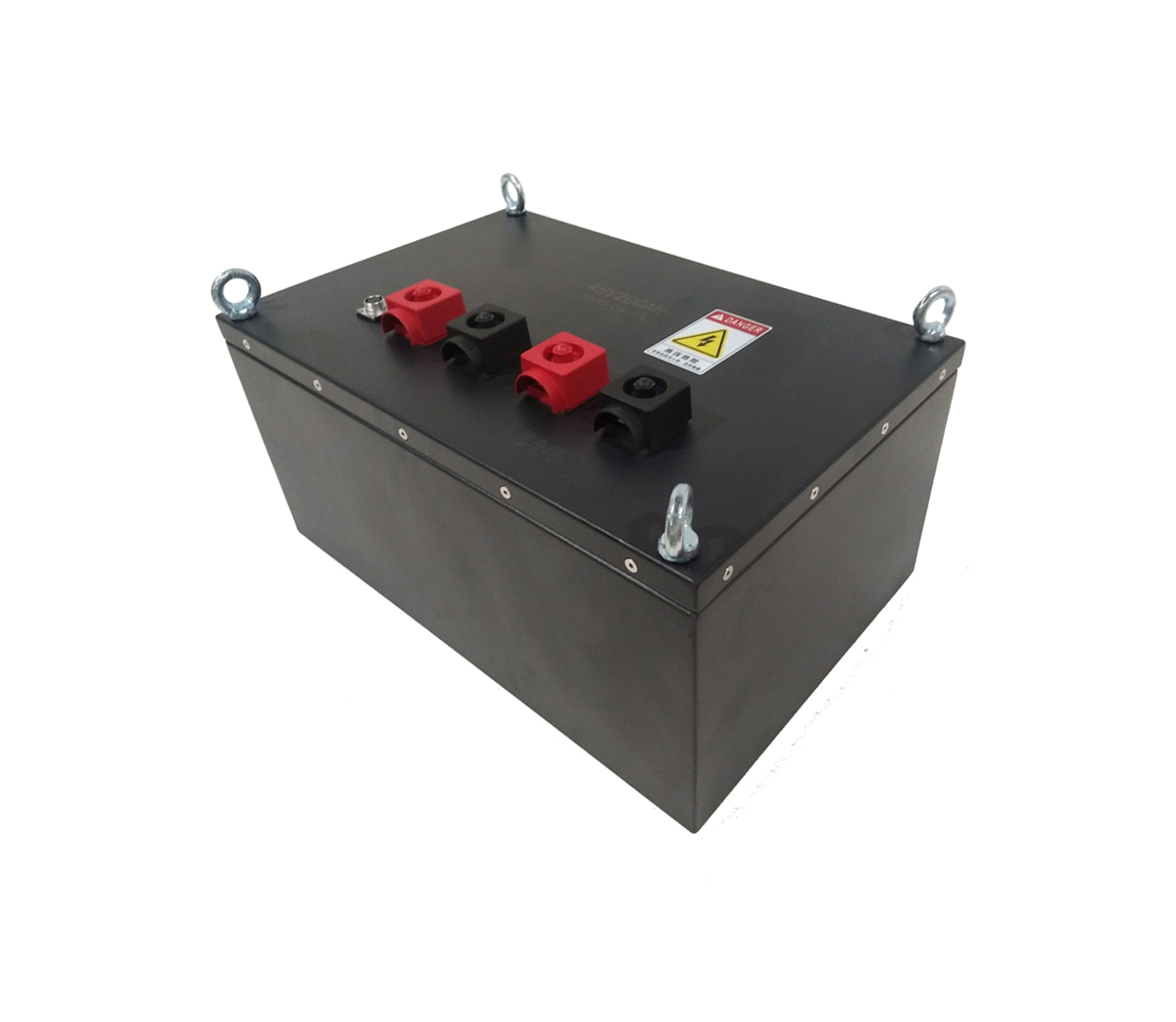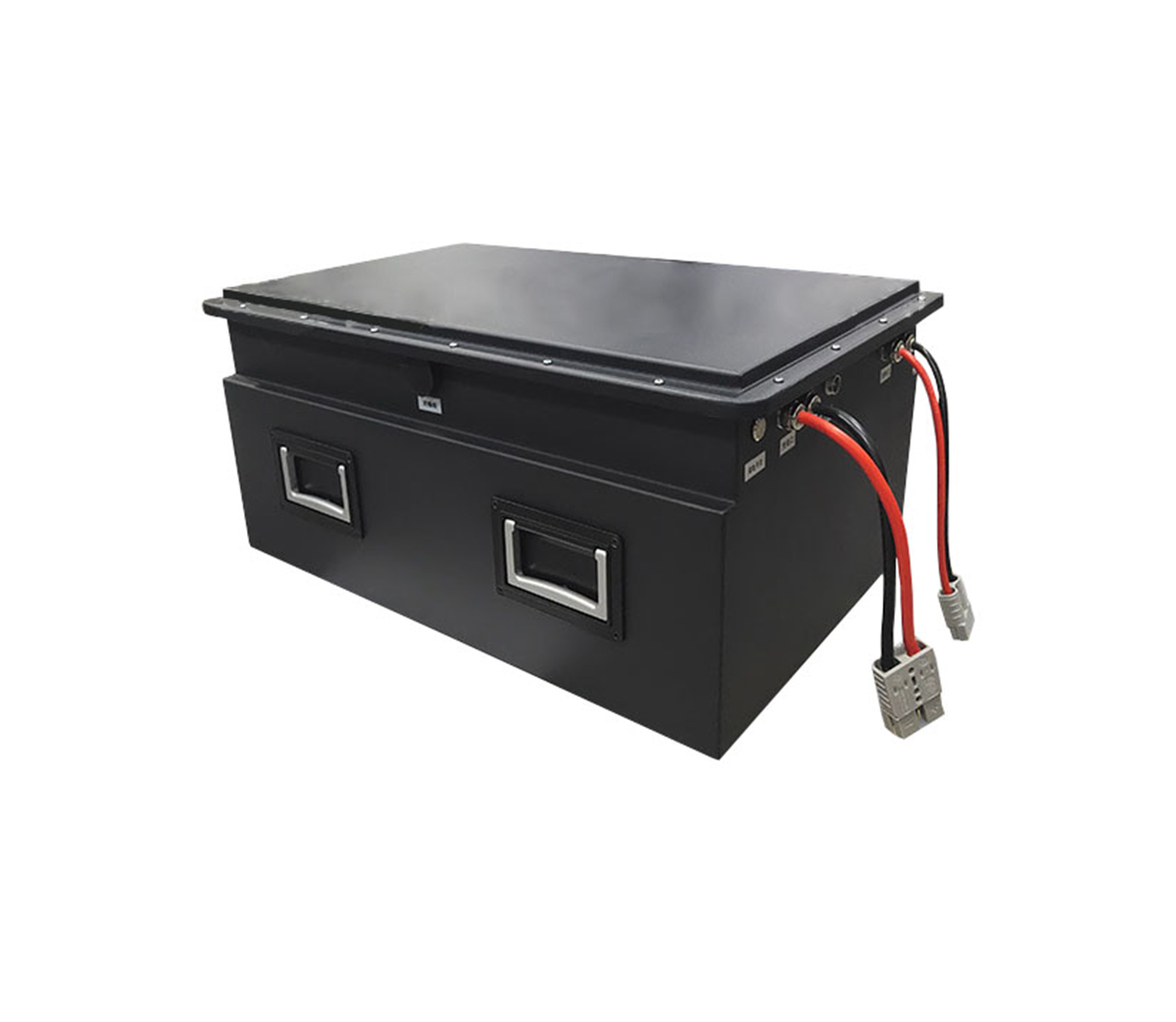A study shows that recent policy and market developments in the United States and the European Union (EU) will significantly increase the demand for energy storage deployments globally. The question is whether there are enough lithium-ion batteries to meet the demand for energy storage systems at a time when raw materials for lithium-ion batteries are in short supply and expensive?
A: A Crazy World Creates Crazy Demand
In its latest analysis of the energy storage industry, Bloomberg New Energy Finance predicts that the cumulative deployment of energy storage systems worldwide will reach 411GW/1194GWh by the end of 2030, which is much higher than the company's forecast in November last year, when it predicted that the cumulative deployment of energy storage systems would reach 358GW/1028GWh by 2030.

(RoW represents the "rest of the world" and "buffer zone" markets)
Even last November, the analyst highlighted that the 1920s were expected to be the "age of energy storage," and its latest forecast seems to be reinforcing that message.
On a national level, China and the U.S. will be the two largest markets in the world, accounting for half or more of all global energy storage deployments. That said, battery energy storage projects in the U.S. typically have higher storage capacity and last longer.
In the U.S., the Inflation Reduction Act, which includes $369 billion in climate spending and tax incentives, is the main driving force. It will bring economic viability and profitability to more grid-scale energy storage projects. And the bill encourages the use of locally produced equipment and labor in clean energy projects.
In the EU, the REPowerEU policy is a major driver for energy storage deployment. It was developed earlier this year in response to the Russia-Ukraine conflict and the European energy market's dependence on fossil fuels. The plan includes a significant increase in renewable energy deployment targets and explicitly mentions the need to develop and promote the role of energy storage systems in integrating these renewable sources of electricity and maintaining grid reliability.
Many EU experts consider energy storage systems to be an important component of ensuring energy security and affordability in Europe. At the same time, it will also help the EU decarbonize its energy sector.
B: Supply chain shocks won't kill demand for energy storage
In the short term, the outlook for energy storage deployment will be a bit more complicated.
At a recent RE+ 2022 conference event in California, Helen Kou, another analyst with Bloomberg New Energy Finance, explained how supply chain constraints have dampened the results of the firm's forecast for U.S. energy storage deployment this year.
The impact of the global logistics slowdown due to the new crown epidemic, coupled with the electric vehicle (EV) industry's ultra-high demand for batteries, has seen lithium battery prices rise sharply beyond 2021.
This has led Bloomberg New Energy Finance to cut its 2022 U.S. deployment forecast by 29 percent, Kou said, while its rival analyst Wood Mackenzie Inc. has taken a similar stance.
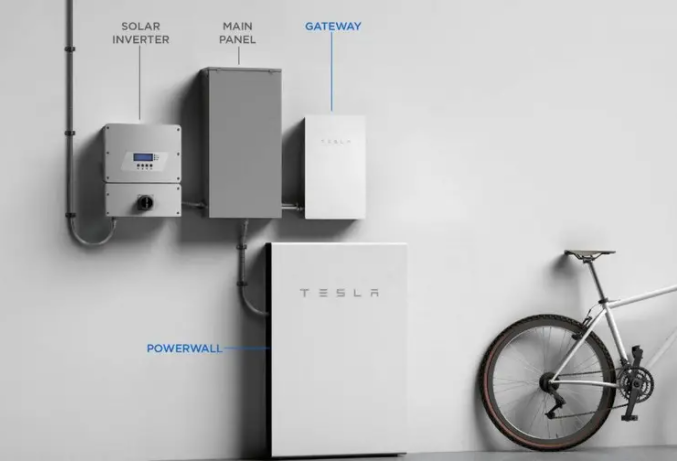
However, the analyst reiterated that demand for energy storage deployments remains strong and that the main challenge it faces is a series of delays in project development and execution, rather than cancellations. Despite rising battery prices, the demand for energy storage deployment is clear, with some of the world's largest electricity markets, such as the U.S., India and the EU, approving legislation to encourage storage deployment.
C: The Overall Landscape of Lithium-Ion Battery Supply
The research firm notes that the mismatch between lithium-ion battery supply and demand poses a challenge to the world's transition to renewable energy and the role that energy storage systems can play in the energy transition.
And the weak global economy and political turmoil and the significant growth in demand for lithium-ion batteries (led primarily by electric vehicles) have led to supply constraints, which in turn have delayed investment and deployment decisions for battery storage projects.
One question that needs to be answered is what strategies and measures we can take to overcome this challenge. Pricing of lithium carbonate remains a major concern in the second half of the year. Even with more lithium mining in the fourth quarter of 2022, the global supply of lithium material is expected to remain very tight.
According to forecast data from industry analyst Matt Fernley, $15 billion in annual investment will be required by 2030 if battery demand for electric vehicles is to be met. Both the government sector and the private sector will need to invest more in raw materials, especially lithium, as it is the only solution to the looming supply and demand constraints.
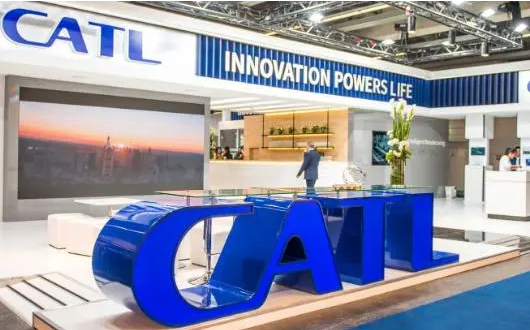
And downstream in the battery supply chain, China is building more battery production plants dedicated to battery storage systems, enough to meet global demand by 2025. While Europe and the U.S. are also building battery production plants, they are much smaller and unable to meet their own needs.
Meanwhile, China plans to expand its cathode active material (CAM) production capacity to 2 TWh. Therefore, some experts say that the lithium iron phosphate market is likely to face a surplus situation in 2024.
D: Startups vs. large manufacturers
Some industry insiders believe that the situation in the battery supply chain is starting to ease, especially in terms of the impact of the new crown epidemic on logistics and transportation. The American Clean Energy Association notes that some easing of price volatility may allow battery storage project developers to consider final investment decisions in the third quarter of 2022.
After the steepest price increases in years, prices for key battery metals such as cobalt, lithium and nickel have turned around. Because lithium product prices have the greatest impact on the cost of these commodities, the American Clean Energy Association expects lithium prices to remain relatively flat and below the highs seen earlier this year in the coming months.
Short-term supply disruptions mean that the battery storage industry will have to absorb the rising cost of batteries or pass the cost on to consumers. The good news is that demand has not fallen despite the introduction of Raw Material Index (RMI)-based pricing by some companies following the lead of the electric vehicle industry.
These may have a different impact on startups and larger companies. For example, large energy storage system integrators and battery storage system manufacturers such as Fluence, Powin Energy and Honeywell have signed deals to supply tens of gigawatt-hours of batteries. For smaller startups, the competition for battery products in the market has to continue.
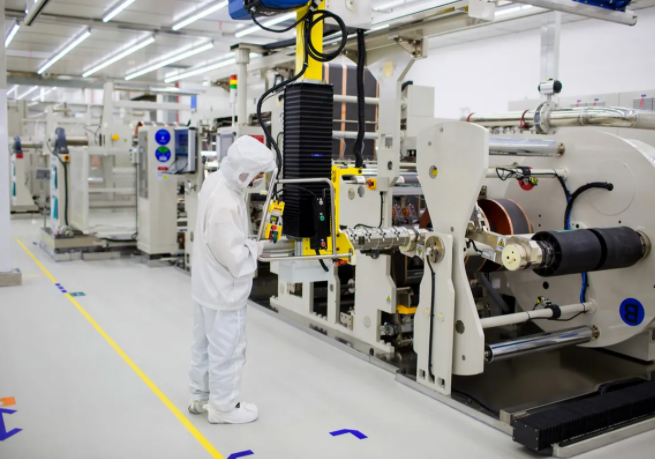
Nicolo Campagnol, Battery Solutions Manager at McKinsey & Company, said, "For consumers of batteries, regardless of their size, to be in a bind when it comes to battery supply, we need to think outside the box. It's interesting to see that companies that are making secondary use of power batteries for energy storage systems are booming."
He said it would be a mistake to underestimate the role that secondary-use batteries play in battery storage, where installation rates could reach double digits in the coming years.
E: Accurate use of batteries becomes more important
Lithium iron phosphate batteries are increasingly becoming the primary choice for battery storage systems. And this battery is becoming increasingly popular in the electric vehicle industry, especially for short-range, low-priced vehicles, which also affects the availability of batteries used in battery storage systems.
Nickel-manganese-cobalt (NMC) ternary lithium batteries have historically been the dominant product for battery storage systems, but today it is recognized that lower energy density but lower cost lithium iron phosphate batteries will be an alternative to nickel-manganese-cobalt (NMC) ternary lithium batteries.

SES Power has been using high quality lithium iron phosphate batteries for our products because of its many advantages, such as safety, long life, and environmental friendliness. Many of our products are lithium battery systems with higher energy and higher output power, so we use high quality square aluminum shell lithium iron phosphate batteries, such as lead acid replacement products (12V100Ah, 12V200Ah, 24V100Ah, etc.), high current (2000A) starter lithium batteries, UPS high voltage lithium battery systems (up to 860V), 3Kw~20Kw off-grid, Grid-connected, islanded lithium battery energy storage system, wall-mounted form of home energy storage system 48V100Ah, 48V200Ah, stacked energy storage system (single 51.2V100Ah, up to support 15 stacks), etc.
However, lithium iron phosphate batteries contain a higher proportion of lithium than nickel-manganese-cobalt (NMC) ternary lithium batteries, lithium carbonate price increases on its impact than other batteries, and the growth in demand for electric vehicles means that lithium iron phosphate batteries are in short supply, at least until more battery production plants come on line.
The battery storage industry and other consumers upset about paying such high prices or not having access to batteries see innovation and diversification in battery technology as the solution.
For example, some manufacturers are developing and commercializing sodium-ion batteries. These batteries are cheaper and decoupled from the needs of the electric vehicle industry. However, like many other new products, only time will tell if the claim of lower cost will hold true as research and development progresses and production capacity increases.
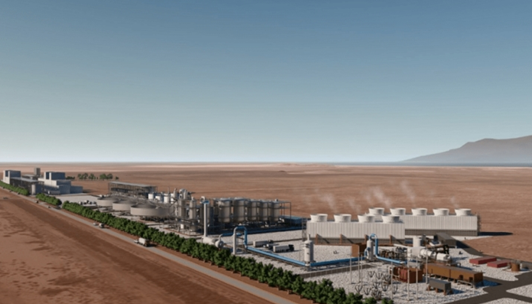
(A rendering of a geothermal power generation combined with a lithium extraction facility)
If you have any questions about lithium batteries, you are welcome to contact us.
















